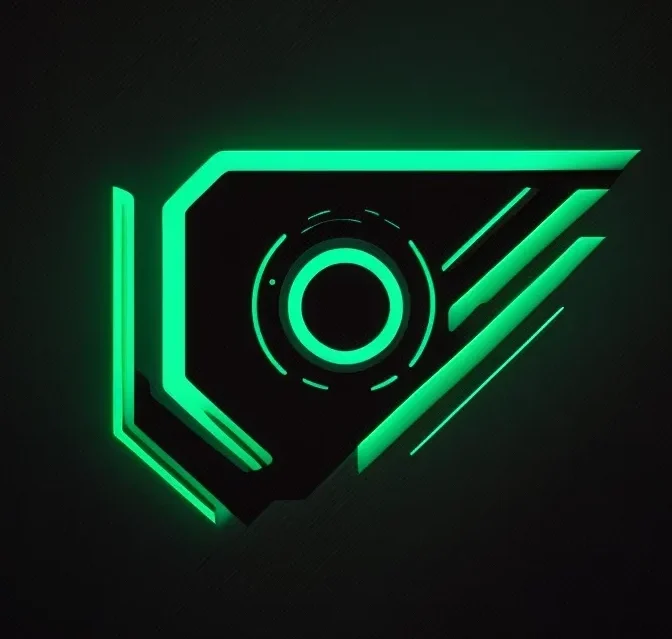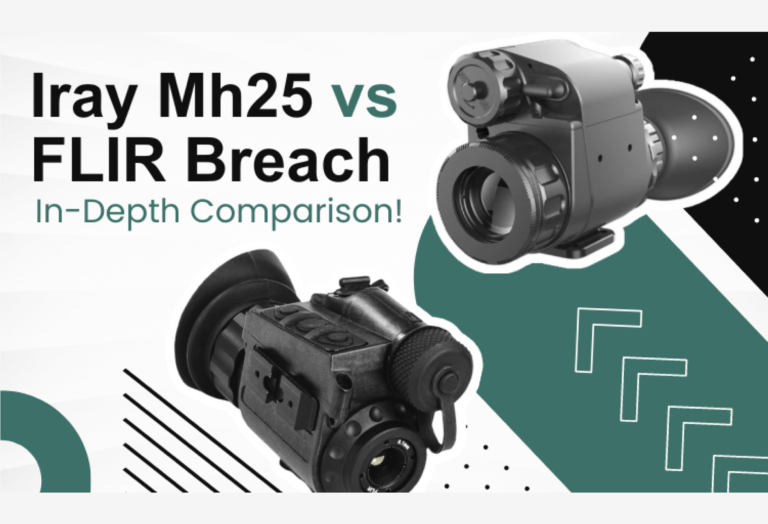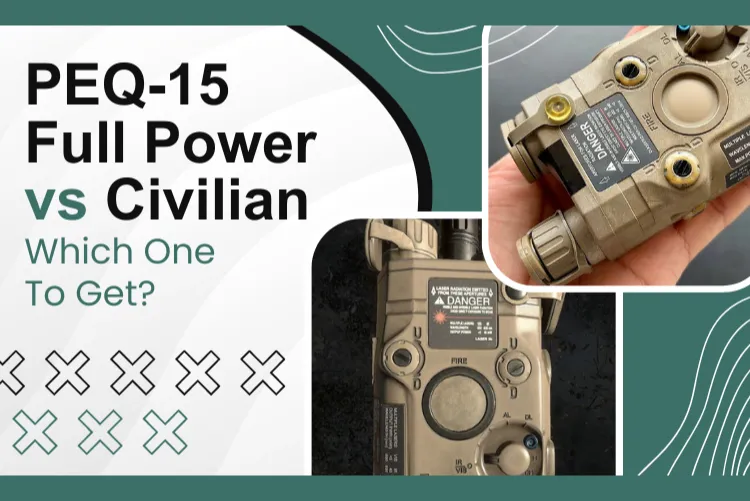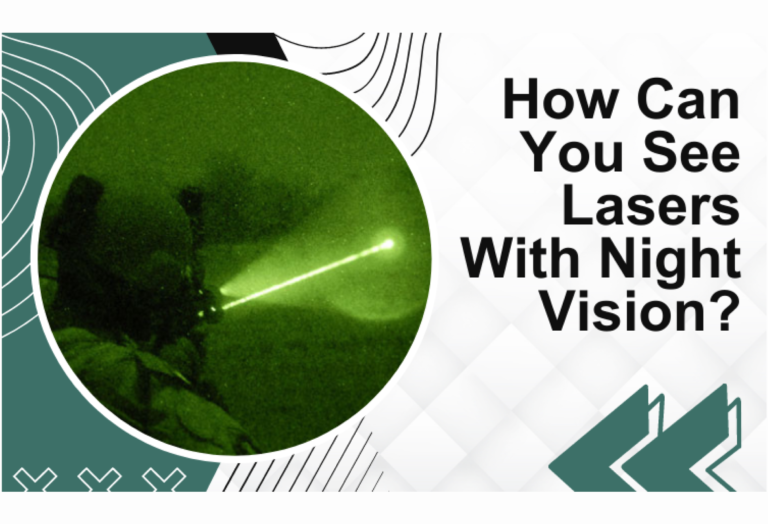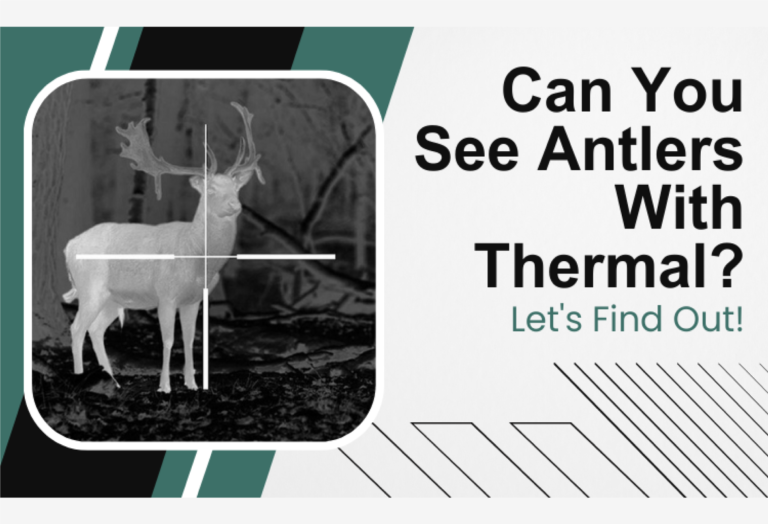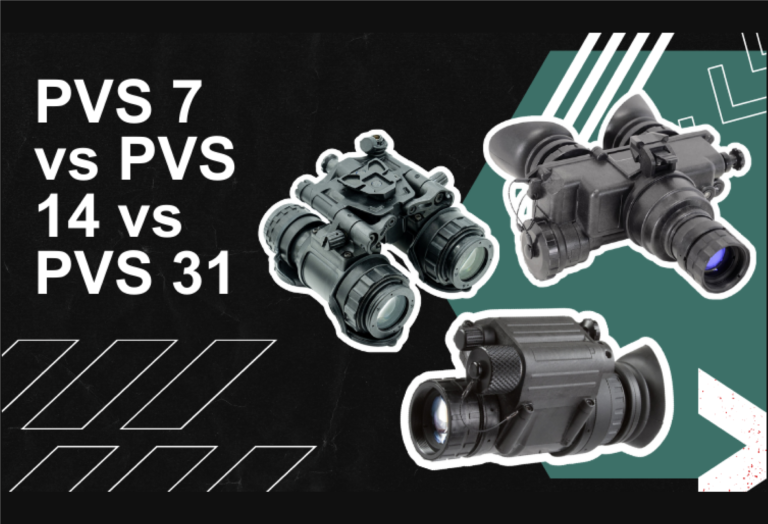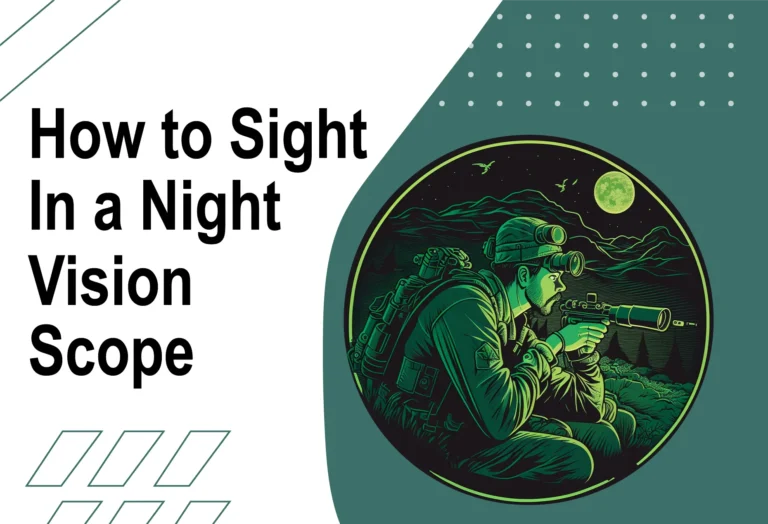Comparing Elbit and L3 Night Vision Tubes: Which Brand Offers Better Performance?
There are many types of Elbit and L3 Tubes for different purposes. However, to draw a general comparison, we can assess them as per different specifications.
So, that brings us to the question, which is better- Elbit vs L3 Tubes?
The answer is Elbit tubes are better, overall, compared to L3 Tubes. They provide brighter images, have lower EBI and Halo values, and are very cost-effective. On the other hand, L3 tubes provide slightly better image quality and good SNR resolution, both marginally. They are also more expensive, comparatively.
But that is not all. In the article below, learn more about the Elbit and L3 tubes and their specs.
Elbit VS L3 Tubes: Short Comparison
The Table below gives a short comparison of the Elbit and L3 Tubes. Higher means better, and lower means worse quality, except for EBI and Halo.
| Property | Elbit | L3 Tubes |
| Brightness | Higher | Lower |
| Image Quality | Slightly lower | Slightly higher |
| Noise | Noisy | Soundless |
| EBI | Lower | Higher |
| Halo | Lower | Higher |
| SNR | Lower | Higher |
| Resolution | Higher | Lower |
| Cost | Higher | Lower |
Elbit VS L3 Tubes: Detailed Comparison
Here, we take a look at each of the factors that help assess the quality of the Elbit and L3 tubes in detail.
Brightness:
The Elbit tubes give brighter images because of higher photocathode sensitivity. Photocathode sensitivity means how well the tube can convert the light signal made of photons to an electrical signal.
The greater the photosensitivity, the more the amplification. A small difference in photosensitivity actually means a major difference in the amplification ability of the tube.
Since night vision tubes “amplify” the light intensity of images taken in darkness, the tube with greater photosensitivity will provide brighter images. This can be seen clearly in the images below. The first is taken by L3 WP tubes and the second is taken by Harris/Elbit Systems WP HP+ grade tubes. You can also detect lasers with night visions like this.
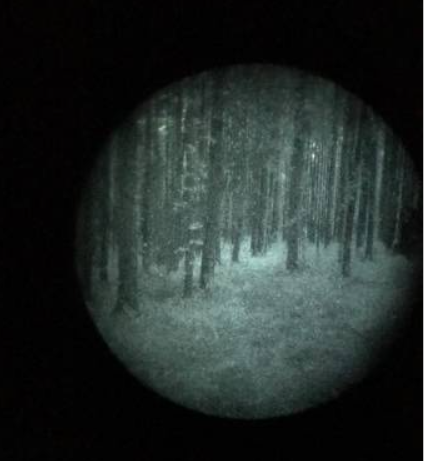
Thus it is clear that Elbit tubes give better brightness.
Image Quality:
The Elbit tubes produce images that sometimes show spots in them. This is also known as “peppering”. However, these are not detectable unless the background is white.
For people preferring spotless images, the L3 tubes are thus a better choice.
SNR specs:
The SNR or Sound to Noise ratio is one of the most significant specifications of a tube that tells how preferable it is. Here, the signal translates to the true part of the image. And the noise is the false part picked up by the tube. Therefore, a SNR of 24 to 1 would mean 24 parts of the image is signal, and 1 part is noise.
A SNR of 35 or above is considered great. SNR of 30 (30:1) or above is good, and 25 or above is average. The Elbit YH has an SNR of 25, the Elbit VH (Aviator) has an SNR of 28, and the XLSH (Commercial) has an SNR of 24.
In comparison, the L3 Harris tubes have much higher SNR values. The 20UM/UA (2000 Series) has an SNR of 28, and 22UM/UA (2200 Series) has an SNR of 30. All the SNR values mentioned are the minimum values of SNR.
Overall, we can see that L3 tubes have higher SNR than Elbit tubes.
Resolution:
This is also a very important specification that determines the tubes’ desirability. The higher resolution of the tube means you can see more details when you are looking at small objects. Just like unfilmed night vision over filmed.
Other than the tube resolution, how much the focus is dialed also decides how detailed images you will see. So does the lens quality of your monocular.
L3 tubes have higher resolution, the 1610 Tubes / 2376+ FOM models of PVS-31A, BNVD 1531 having a resolution of 72 lp/mm minimum. The TNV/PVS-14 L3 HARRIS GEN3 also has a resolution of 64 to 72 lp/mm.
On the other hand, Elbit YH (MIL-SPEC) has a resolution of 64 lp/mm minimum, and so does the Elbit VH (Aviator). All the resolution values mentioned are for the center of the tube.
Thus, it is clear that L3 tubes have higher resolution than Elbit tubes.
EBI:
EBI or Equivalent Background Illumination is a measure of how precisely the tubes can form an image in conditions of low light.
A low EBI is always desired for night vision tubes. Any value lower than 2 is considered good, and below 1 is very good. However, a very small EBI is mainly required in astronomy, and the difference isn’t very noticeable otherwise.
It is also less important priority-wise than the other specs like SNR. Moreover, since lower EBI values mean lower SNR values, you must never buy a tube with low SNR just to get a low EBI.
That being said, Elbit tubes have lower EBI than the high SNR L3 tubes.
Halo:
When you look at a bright beam of light like a laser you can see a ring around the light. This is the halo, as shown below.
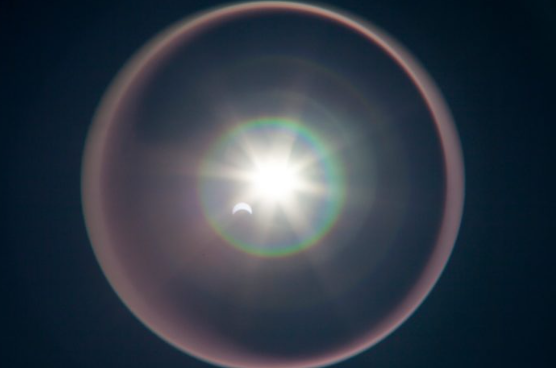
A lower Halo value is desirable but not particularly necessary.
If you are only using the tubes for night vision away from light sources, you would not need it. It is only needed if using a high-power laser. However, values lower than 1 Halo are also more sensitive to recoil for clip-on units to be used on a rifle.
The Elbit tubes have lower Halo values, typically of 0.7 or 0.8 maximum. Meanwhile, L3 has a 1.0 maximum and, in some cases, is as high as 2.5.
Cost:
In general, Elbit tubes are considered more cost-effective than L3 tubes. Performance-wise, the cost of Elbit tubes is reasonable to most users.
The L3 tubes can be highly expensive. A cost list can be seen in the table below.
| L3 Tube Name | Cost |
| TNV/PVS-14 L3HARRIS GEN3 UN-FILMED WHITE PHOSPHOR MIL-SPEC | $4,199.00 – $4,349.00 |
| L3Harris PVS-14 Gen 3 Unfilmed White Phosphor (Commercial Spec) | $3595.0 |
| EOTech LWTS 640×480 Light Weapon Thermal Sight | $12699.0 |
In comparison, the Elbit tubes are much more cost-effective, as shown below.
| Elbit Tube Name | Cost |
| ELBIT GEN 3 AUTOGATED WHITE PHOSPHOR – INDIVIDUAL INTENSIFIER TUBE – 11769 STYLE | $2,199.99 – $2,599.99 |
| Elbit Omni VIII White Phosphor Aviation Grade PVS-14 | $4,499.00 |
Final Verdict
Generally, the tubes produce very similar images; therefore, picking one over the other is difficult. In terms of SNR, L3 tubes have great values.
However, Elbit tubes are much more cost-effective and produce brighter images. They also have lower EBI and lower Halo than L3 tubes.
Although L3 tubes have higher resolution values, the resolution quality is almost the same for both. Thus, if the peppering and slight noise from Elbit tubes can be excused, it is safe to say Elbit is the better choice.
You should also choose from the finest of monoculars to use with these night vision tubes.
Frequently Asked Questions (FAQs):
What is the difference between filmed and unfilmed vision?
Filmed vision has a layer of film coating, whereas unfilmed doesn’t. Unfilmed night vision offers better image quality and resolution since they have better specs. However, filmless tube prices are also much higher compared to filmed ones.
What is Gen 3 Night Vision?
Gen 3 night vision is the latest generation of night vision equipment and the most popular in the market. This is because Gen 3 night vision equipment provides excellent brightness, clarity, and performance in low-light conditions. They are also extremely durable.
Why Is Vision Better Than LiDar?
Vision is better than LiDar because it can capture high-quality images and videos. Meanwhile, Lidar uses laser pulses to measure the surroundings, making a 3D map.
Conclusion
To wrap up, that sums up the comparison of Elbit vs L3 Tubes. Although their night vision is very similar, we hope this detailed comparison will help you in making the best choice of equipment.
Best of luck!
